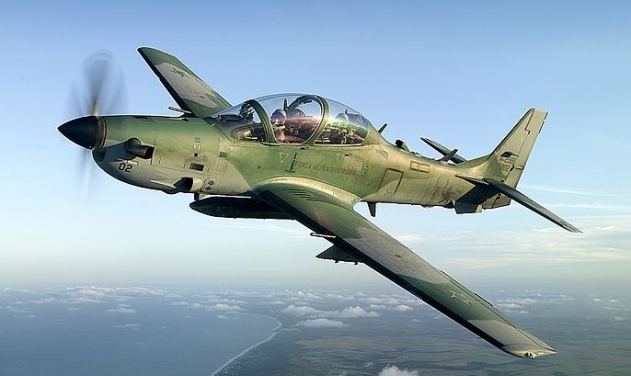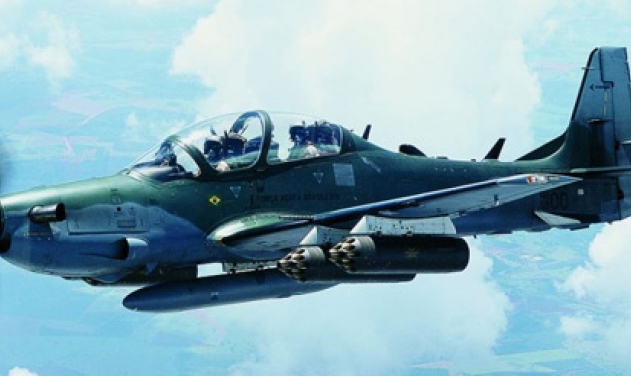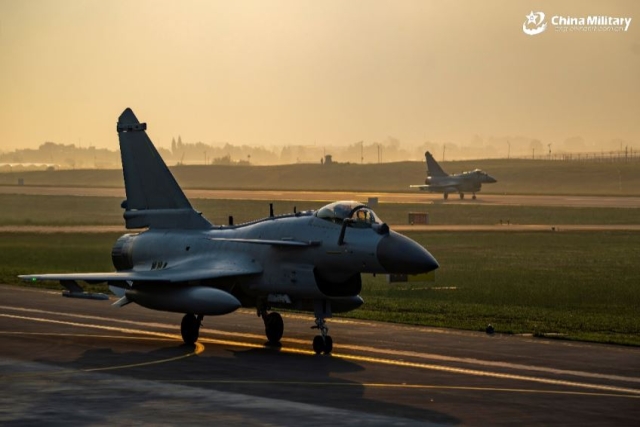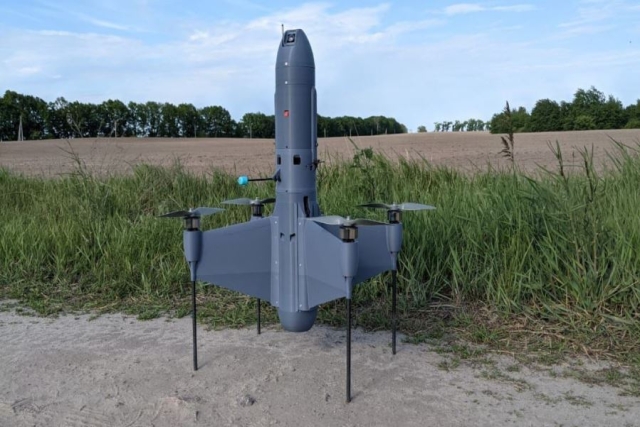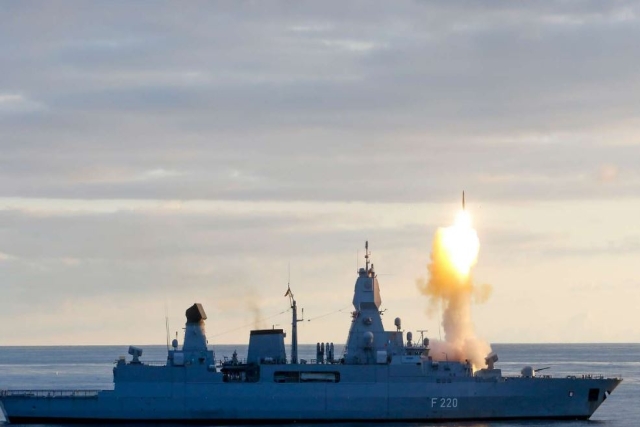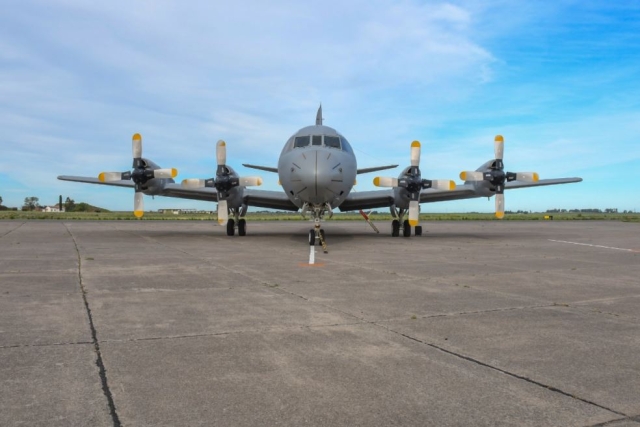Afghan Air Force Receives Four A-29 Super Tucano Aircraft
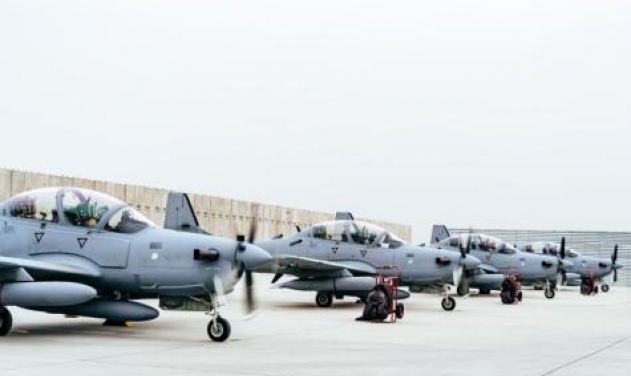
The Afghan Air Force has received four more A-29 Super Tucano light-attack aircraft on Monday, bringing the AAF A-29 inventory from eight to 12 aircraft in country.
There are still seven A-29s assigned to Moody Air Force Base, Ga., where they are used for training pilots.
“The four additional aircraft will allow us to increase the number of missions we are able to support nationwide,” said an Afghan A-29 pilot who can’t be identified for security reasons. “More targets can be attacked—more ground troops can be supported.”
The AAF A-29 pilot said sometimes a nation needs their military to pressure the enemy in order to develop peace and stability.
“The AAF plays a major role in this,” he said. “We are helping the peace process. When an A-29 is overhead, it gives motivation to the ground troops, and the enemy realizes they can be struck anywhere and will feel the pressure to come to the peace table. This is how we will bring peace and stability to Afghanistan.”
Brig. Gen. David Hicks, Train, Advise, Assist Command-Air (TAAC-Air) and 438th Air Expeditionary Wing commander, said the A-29s were a “game changer” in the 2016 fighting season, and he has high expectations for the aircraft and crews in 2017.
“The AAF pilots are continually gaining proficiency in the A-29,” said Hicks. “They are capable of providing air attack anywhere in the country. In the past, the Afghan National Army relied on the Coalition for air support. Now, it’s their own countrymen overhead flying the missions.”
Hicks said the additional A-29s give the AAF more options to forward deploy airpower throughout the country.
Lt. Col. Johnnie Green, 438th Air Expeditionary Advisory Squadron commander, said the AAF and U.S. A-29 pilots have a unique bond.
“We have developed a close relationship with the Afghan A-29 pilots over several years now, not just in training, but also in the development of their own fighter squadron and advising them while they conduct operations,” said Green. “Training in the United States allows us the freedom and flexibility to control the environment and instruct to specific objectives, and the standard we hold them to directly translates to what they do in combat.”
Green said the AAF A-29 pilots are performing remarkably well, and the pilots have demonstrated excellent decision making.
“The experience they have gained in one year since beginning combat operations is phenomenal, and they are communicating these experiences with each other,” said Green. “That is so important as the new A-29 pilots return from training and begin flying combat operations themselves.”
The newest A-29s will undergo a brief reconfiguration after which they will be ready for combat operations in the 2017 fighting season.
